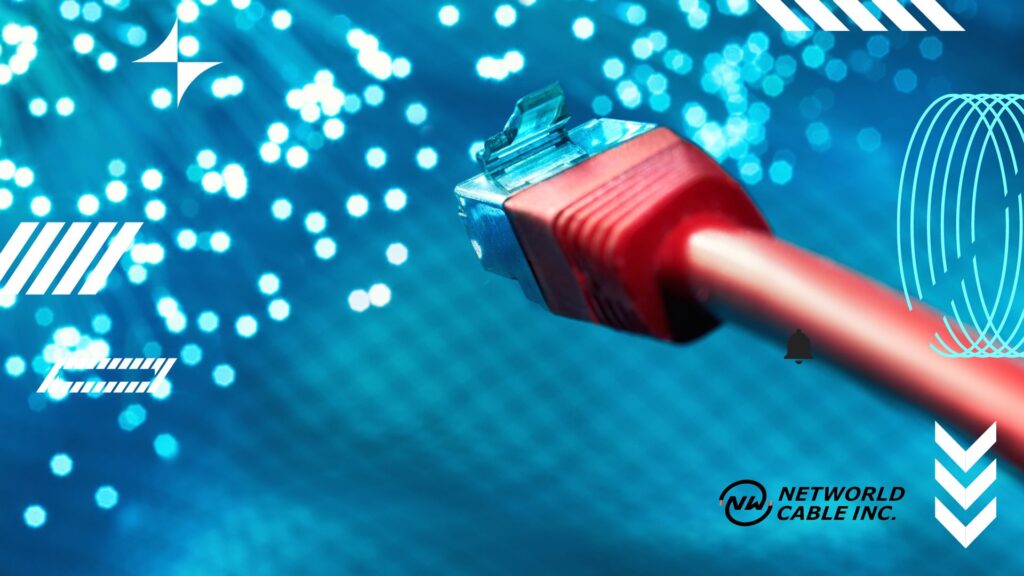Fiber Cable Installation is an increasingly popular technology for connecting businesses to the internet. It’s a reliable, secure connection for high-speed internet access, TV, and phone services. However, fiber cables are far from easy to install. It requires good planning, technical know-how, and physical labor to get it done right. This blog post will look at all aspects of fiber cable installation – from the basics of how it works to the different types of fiber cables available and the tools you need for installation. So read on to gain some insights into this fascinating technology!
What Is Fiber Cable?
Optical fiber is a type of wire that transmits data using glass or plastic fibers. Many applications use fiber optic cables, such as telecommunication, local area network, and audio/video transmission.
The term “fiber optics” refers to the technology that enables the transmission of information using light signals through thin strands of glass or plastic. Fiber optic cables are composed of two parts: The first is the core, and the other is the cladding, which surrounds the core and reflects the light into the core. The cladding is made of a material with a lower refractive index than the core, which allows it to reflect light into the core.
Fiber optic cables typically have a higher bandwidth than copper cables, which means they can carry more data. They are also less susceptible to interference from electromagnetic fields, making them ideal for high-speed data transmission applications.
Installation Process of Fiber Cable
Installing fiber optic cable is not as difficult as it may seem. Three main steps need to be followed to install the cable properly.
- The first step is to determine the route that the cable will take. This is usually done by using a map of the cable’s installation area.
- The next step is to excavate the trench that will hold the cable. The depth of the trench will depend on many factors, such as the type of soil and the amount of traffic that will pass over it.
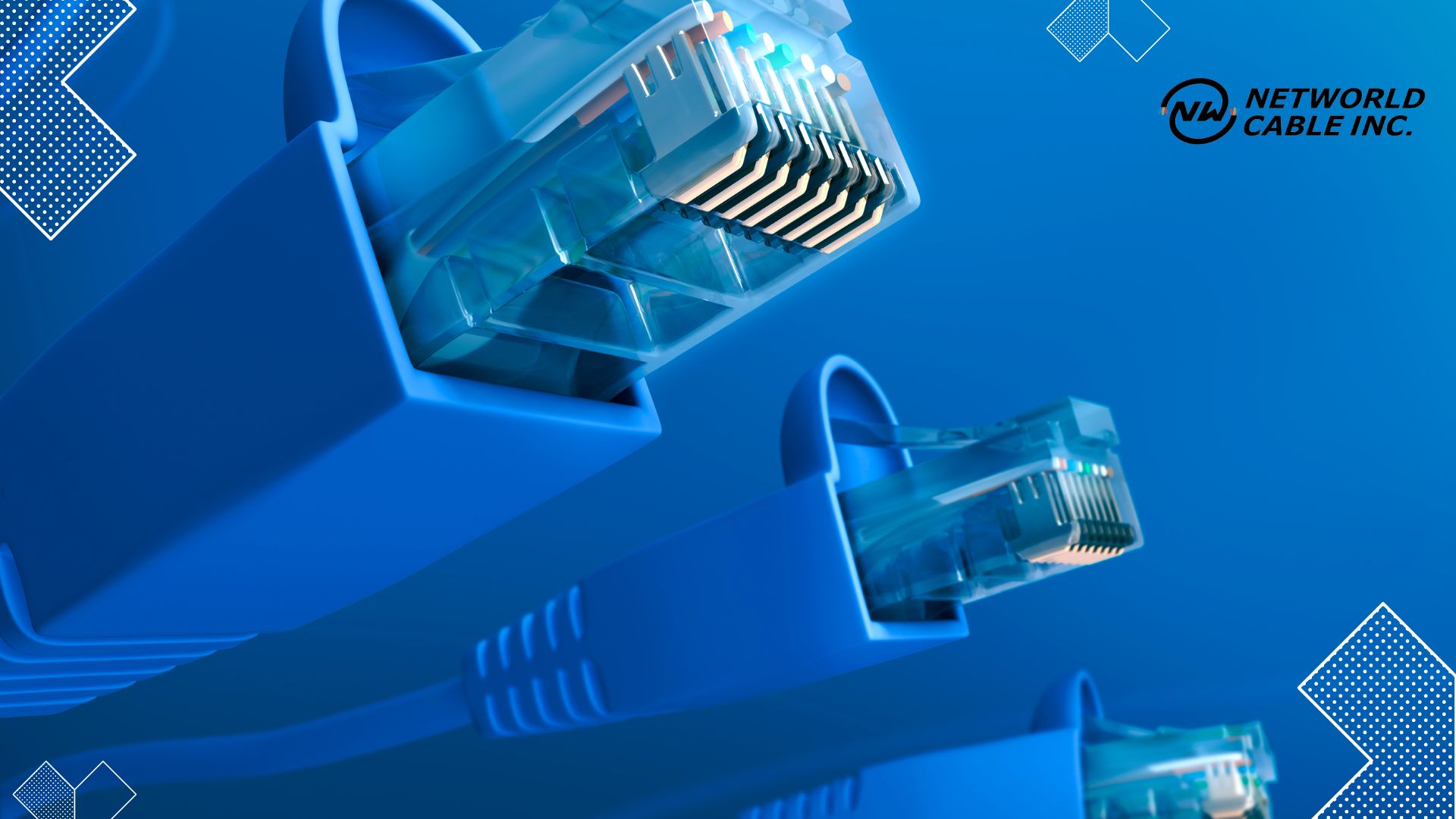
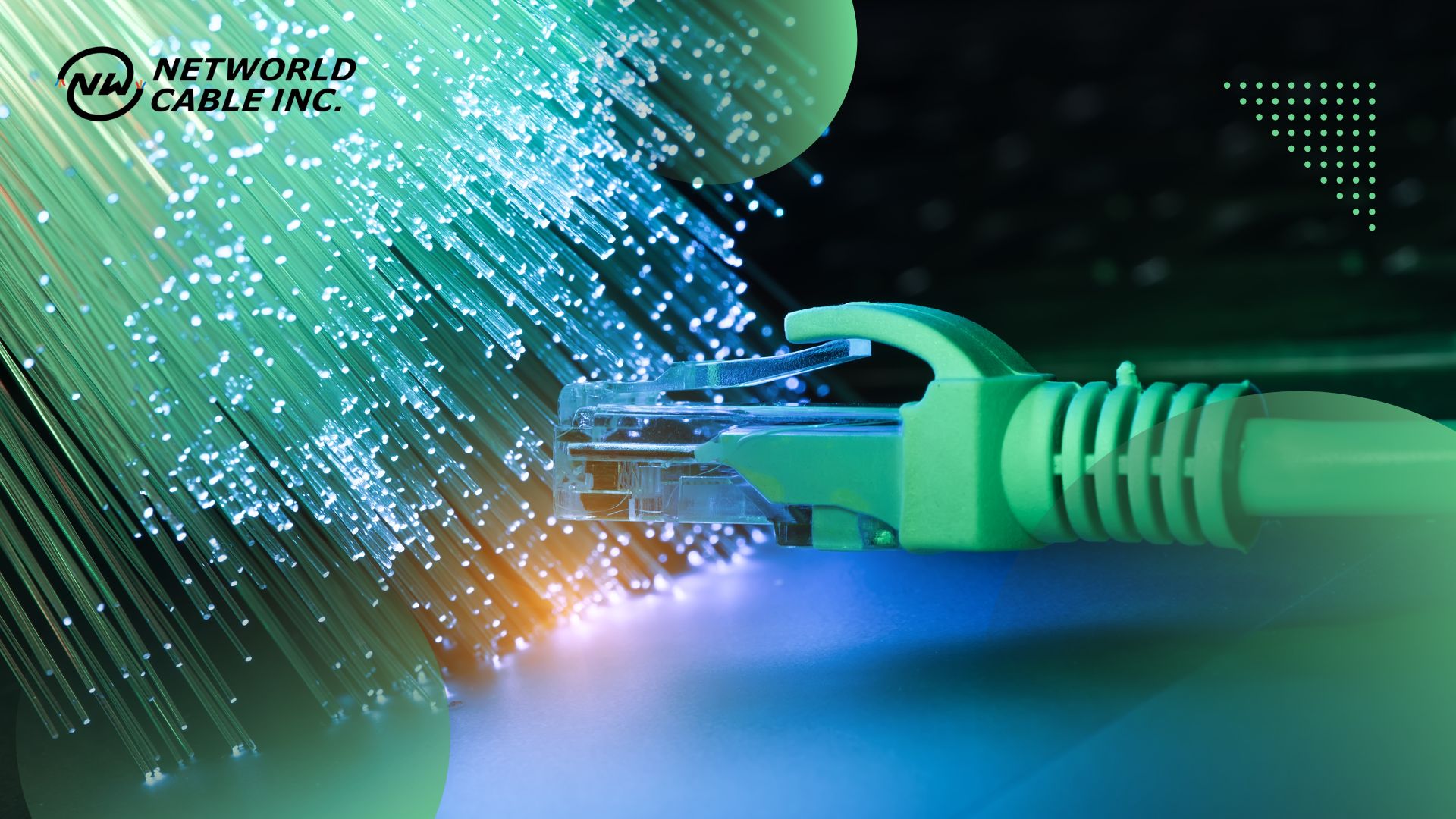
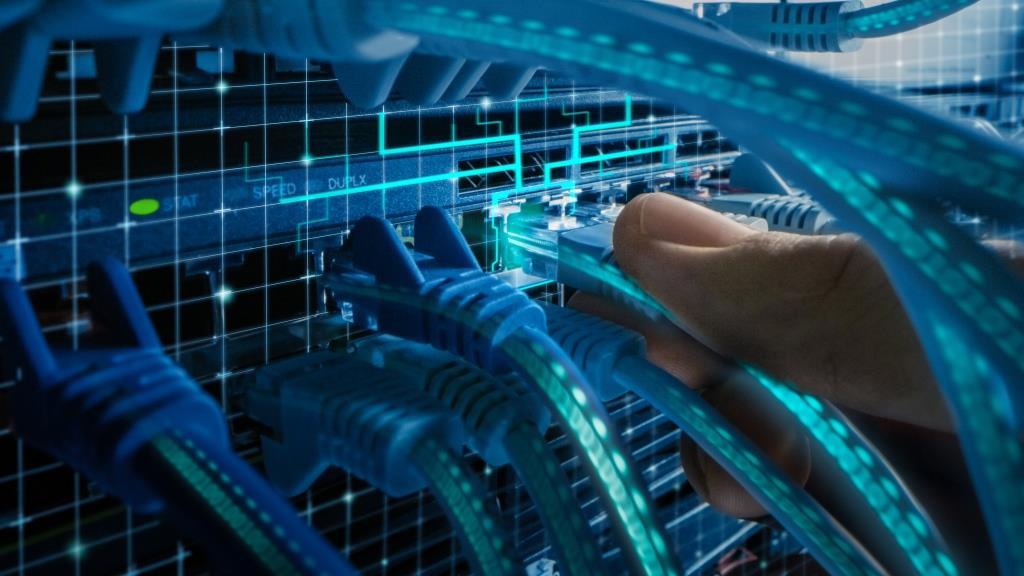
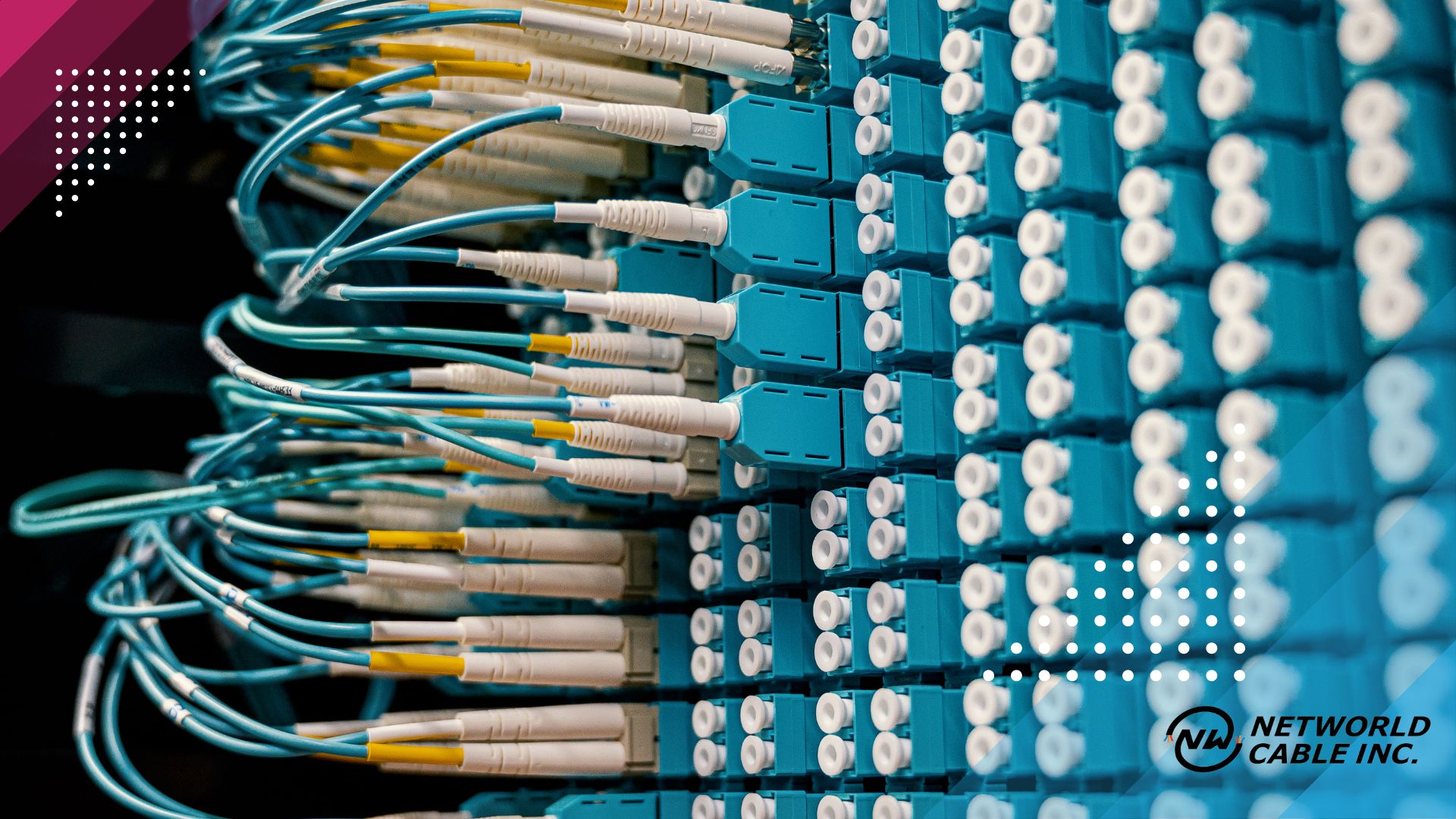
- The next step is to lay down the actual cable. This is a relatively simple process, but it is important to ensure that the cable is laid down in a straight line so that there are no kinks or bends. Once the cable has been laid down, it needs to be covered with a protective material so it will not be damaged by water or other elements.
Benefits of fiber optic cable installation
If you want to upgrade your business or home’s internet connection, you may consider fiber optic cable installation. Fiber optic cables are the newest technology for transmitting data, offering many advantages over traditional copper cables. Here are just a few of the benefits of fiber optic cable installation:
- Increased Speed and Bandwidth
- Reduced Interference
- Less Attenuation
- Greater Reliability
- Increased Security
- Faster Installation Process
Conclusion
Installing a fiber cable is an important step in modernizing your network infrastructure. With the right knowledge and resources, Networld Cable Inc. helps you to do the Fiber Cable Installation and get your home or business up to speed with the latest networking technology. If you’re still unsure how to go about it, consider hiring a professional installer who can ensure everything runs smoothly. Understanding all about fiber cables, from what type to choose for your needs to correctly installing them, will help ensure that you have the best connection possible.

